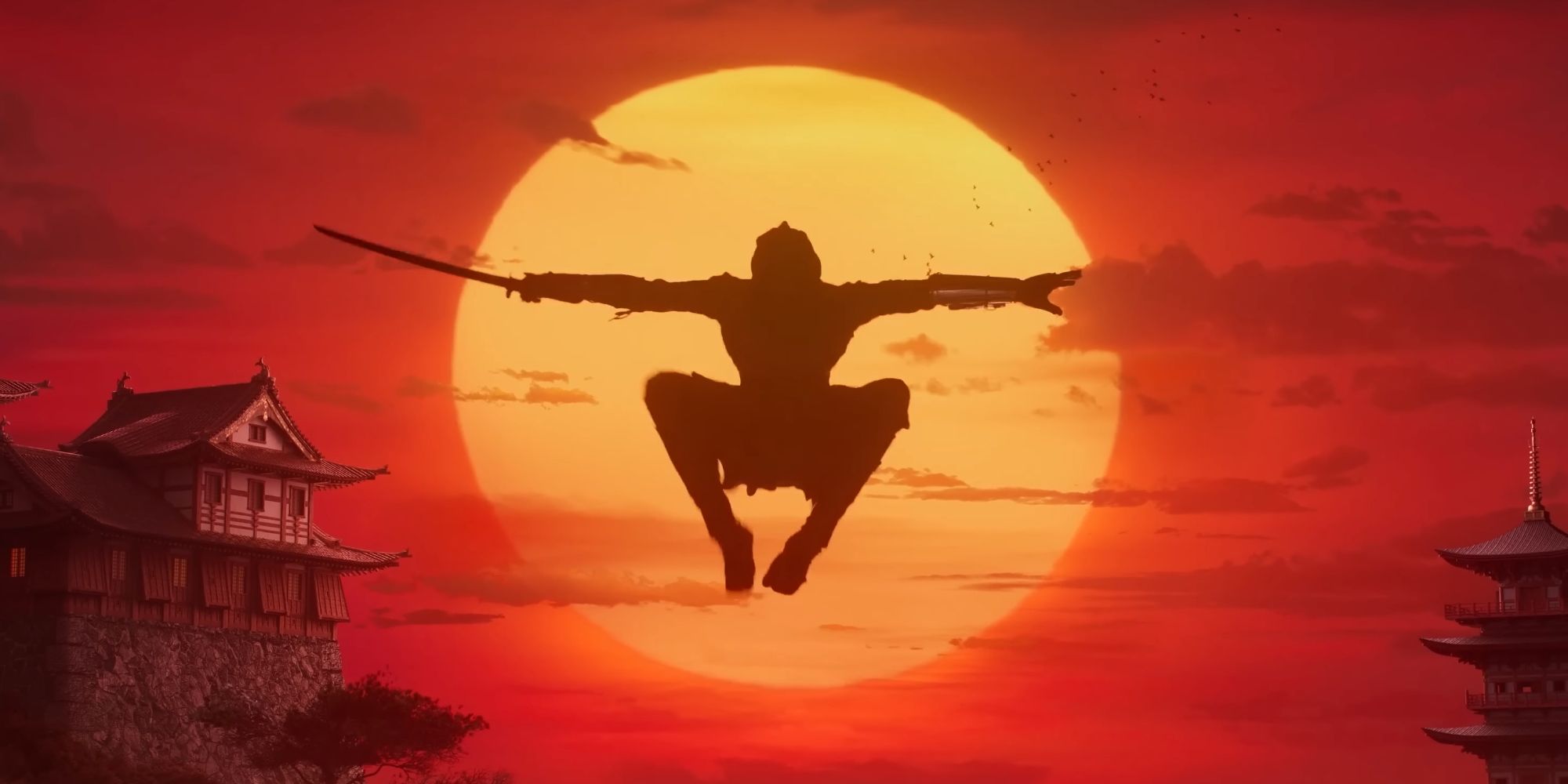The difference being: You can improve upon the gameplay of ME2 massively. I'll not claim Mass Effect Andromeda is a great game, but if you've played it you now how much better the combat is than Mass Effect 1-3, it's a legitimately solid shooter in its own right. And there was little stopping the ME trilogy from being this good in combat, other than game design. Meanwhile Link's Awakening doesn't feel like it can be improved on much, other than maybe scope. There it was limited by cartridge size, very obviously overstuffing everything together, but otherwise you wouldn't do anything different regardless of tech. Tunic plays extremely similar decades later, for one example.
It's the same with Tears of the Kingdom in a way, it's Besiege or Banjo Kazooie Nuts and Bolts for more average players, in this instance it takes what was done before and does it so well that a ton of people can enjoy it. The "gizmo" or little directional indicator for building, is so good artists and gamedevs want to use it rather than the ones in professional software they use today. And further we know Tears doesn't need any customization on a low level, vastly more has been done with physics engines before. Havok has been used for a lot of "User generated content" games, giving people vastly more power and freedom than Tears limited pieces and limited sandbox does, and it's held up very well. Garry's Mod is probably the most famous, allowing scripts to run over Havok (without changing the underlying source code, thus without customization as such) and the level of physics and even basic chemistry interactions pulled off by the niche community that was still going there long after most quit playing with it is astonishing.

